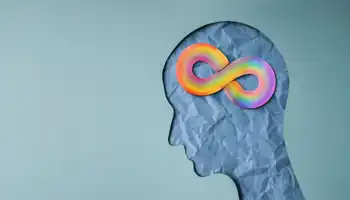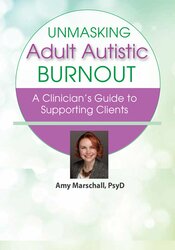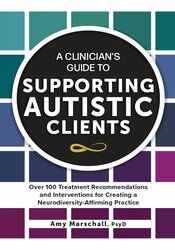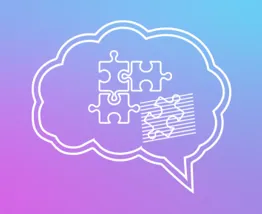How to Recognize Autistic Burnout in Adult Clients

Autistic burnout is real, pervasive, and still too often misunderstood, especially in adults. Unlike workplace burnout or depression, autistic burnout is a uniquely debilitating experience shaped by chronic life stress, cumulative overwhelm, and navigating a neurotypical world that rarely fits.
As therapists, we must learn to recognize the signs of autistic burnout and respond with neurodiversity-affirming, trauma-informed care.
What Is Autistic Burnout?
Autistic burnout is not a clinical diagnosis (yet), but it's well-documented in research and deeply validated by the lived experiences of autistic adults. It's defined as a state of chronic, long-term exhaustion, loss of functioning, and reduced tolerance to stimulus, often lasting three months or longer.
While it can look like depression or anxiety on the surface, autistic burnout includes unique elements such as:
- A sudden or gradual loss of previously accessible skills (e.g., communication, executive functioning)
- Decreased ability to "mask" autistic traits
- Heightened sensory sensitivity
- Increased meltdowns or shutdowns
- Profound fatigue and "brain fog"
- Social withdrawal and cognitive overload
- In some cases, suicidal ideation
What distinguishes autistic burnout is its root cause: the relentless demand to perform, behave, and cope in ways that are unsustainable for the autistic nervous system, often while masking true needs to avoid judgment or exclusion.
Why It Happens
Autistic burnout results from a mismatch between external expectations and internal capacity, compounded by:
- Chronic masking and camouflaging
- Lack of accommodation or support
- Sensory overload
- Discrimination or invalidation
- Co-occurring mental health conditions
- Barriers to coping strategies and rest
This cumulative toll leads to a breakdown in functioning—not because the person is weak or lazy, but because their adaptive capacity has been overdrawn.
Spotting Burnout in the Therapy Room
Autistic burnout may present as:
- A client who suddenly struggles with tasks they previously managed
- A return of behaviors or symptoms that had subsided
- An autistic adult expressing despair, exhaustion, or inability to cope
- Statements like “I don’t know what’s wrong with me” or “I used to be able to handle this”
- A noticeable drop in emotional regulation, communication, or self-care
It’s vital not to pathologize these changes or misdiagnose them as laziness, non-compliance, or even depression alone. Listen closely to how clients describe their inner experience and validate it.
The Role of Masking
Masking is the act of suppressing or hiding autistic traits to fit in socially and plays a central role in burnout. While it may offer short-term social protection, masking is mentally and emotionally exhausting. Many clients feel trapped: “damned if you do, damned if you don’t.”
Helping clients safely unmask (gradually, with support) can be essential to both preventing and recovering from burnout.
What Therapists Can Do
As a therapist, you have a powerful role to play in preventing and treating autistic burnout:
✅ Normalize and validate the experience. Acknowledge that burnout is real and not a personal failing.
✅ Use identity-first, neurodiversity-affirming language. This respects how many autistic individuals view their identity.
✅ Help clients build routines that are sustainable, not idealized. Focus on reducing overload, not increasing productivity.
✅ Address masking and internalized ableism. Encourage authentic expression and challenge shame-based narratives.
✅ Assess sensory needs and help clients create safe environments.
✅ Rebuild executive functioning with compassion and flexibility. Use external supports when needed.
✅ Understand that relapse is part of recovery. Burnout often follows a cyclical pattern.
Ultimately, autistic burnout is a warning sign not of weakness, but of systemic failure. Therapists must advocate for care models that center the voices, needs, and values of autistic adults. This includes recognizing the intersections of race, gender, disability, and trauma that shape each client’s experience.
By shifting from pathology to partnership, from fixing to affirming, we can help our autistic clients move from burnout to sustainable wellbeing.

Unmasking Adult Autistic Burnout: A Clinician’s Guide to Supporting Clients





